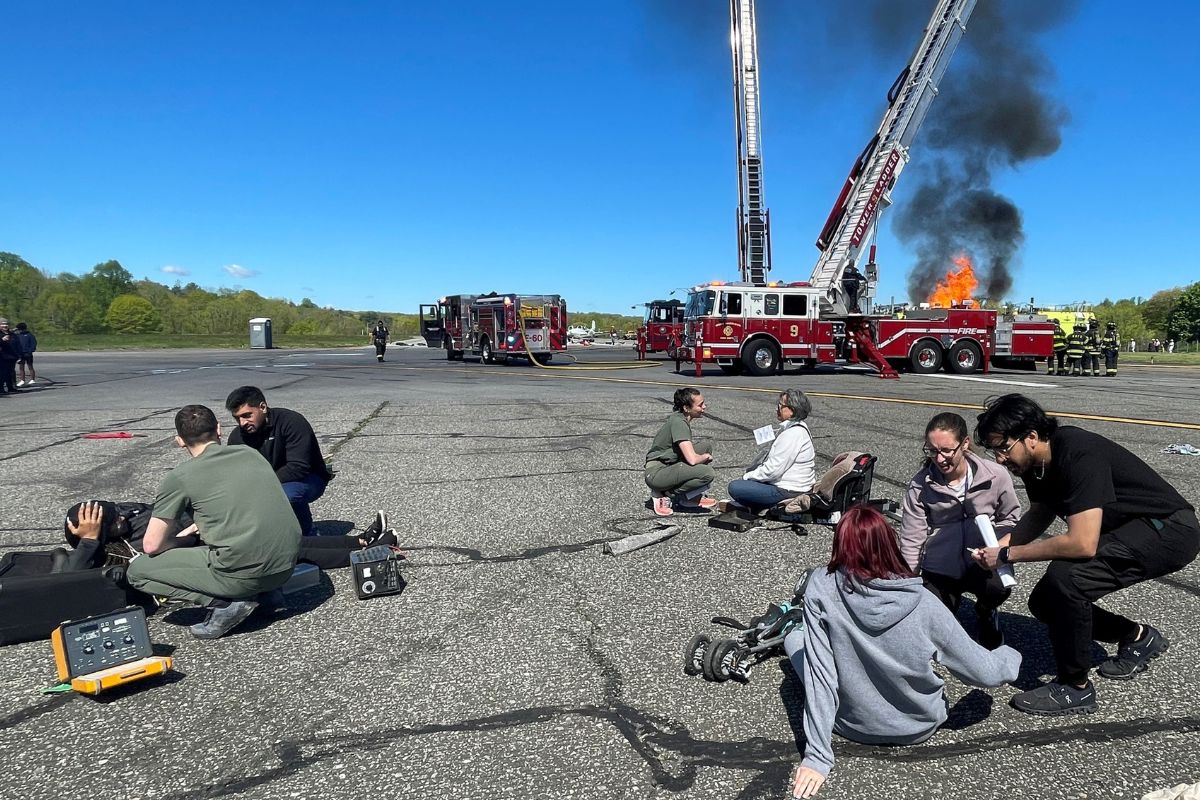
Mass casualty incidents (MCIs) are events that overwhelm local healthcare resources due to the number and severity of injuries. What qualifies as a mass casualty incident? An MCI typically involves multiple victims, often exceeding the capacity of first responders and hospitals. These incidents can result from natural disasters, terrorist attacks, industrial accidents, or large-scale transportation mishaps. Understanding MCIs is crucial for emergency preparedness and response. This article will explore ten essential facts about mass casualty incidents, shedding light on their causes, impacts, and the strategies used to manage them effectively. Whether you're a student, a professional in emergency services, or simply curious, these insights will provide a comprehensive overview of MCIs.
What is a Mass Casualty Event?
A mass casualty event (MCE) is a situation where the number of injured or affected individuals overwhelms the local healthcare system's ability to provide adequate care. These events can result from natural disasters, accidents, or intentional acts. Understanding the dynamics of MCEs can help in better preparedness and response.
-
Definition and Scope: MCEs often involve a large number of victims, sometimes reaching into the hundreds or thousands. The scale can vary widely depending on the event's nature and location.
-
Types of MCEs: Natural disasters like earthquakes, hurricanes, and floods can cause MCEs. Human-made events such as terrorist attacks, industrial accidents, and large-scale transportation incidents also fall into this category.
Historical Examples of Mass Casualty Events
Throughout history, several MCEs have left a significant impact on societies. These events highlight the importance of preparedness and response strategies.
-
9/11 Terrorist Attacks: On September 11, 2001, coordinated terrorist attacks in the United States resulted in nearly 3,000 deaths and thousands of injuries. This event led to significant changes in emergency response protocols.
-
Haiti Earthquake 2010: A devastating earthquake struck Haiti on January 12, 2010, causing an estimated 230,000 deaths and leaving over 300,000 injured. The disaster overwhelmed local healthcare facilities and required international aid.
-
Indian Ocean Tsunami 2004: Triggered by a massive undersea earthquake, the tsunami affected 14 countries and resulted in approximately 230,000 deaths. The scale of the disaster highlighted the need for better early warning systems.
Response and Preparedness for Mass Casualty Events
Effective response and preparedness are crucial in minimizing the impact of MCEs. Various strategies and protocols are in place to handle such situations.
-
Triage Systems: Triage is the process of prioritizing patients based on the severity of their injuries. This system ensures that those who need immediate care receive it first, optimizing resource allocation during an MCE.
-
Emergency Medical Services (EMS): EMS play a vital role in the initial response to MCEs. They provide on-site medical care, transport patients to healthcare facilities, and coordinate with other emergency services.
-
Disaster Preparedness Plans: Many regions have disaster preparedness plans that outline specific actions to take during an MCE. These plans include resource allocation, communication strategies, and coordination with various agencies.
Psychological Impact of Mass Casualty Events
MCEs not only cause physical injuries but also have a profound psychological impact on survivors, responders, and communities.
-
Post-Traumatic Stress Disorder (PTSD): Many survivors and first responders experience PTSD following an MCE. Symptoms include flashbacks, anxiety, and depression, requiring long-term mental health support.
-
Community Resilience: Communities affected by MCEs often show remarkable resilience. Support networks, mental health services, and community initiatives play a crucial role in recovery and rebuilding efforts.
Final Thoughts on Mass Casualty Events
Mass casualty events are complex, often chaotic situations requiring quick, coordinated responses. Understanding the key facts about these incidents can help you grasp their impact and the importance of preparedness. From the types of events to the role of first responders, every detail matters. Knowing how triage systems work and the significance of emergency plans can make a difference in saving lives.
Community involvement and awareness are crucial. By staying informed and prepared, you contribute to a safer environment for everyone. Remember, knowledge is power. The more you know, the better equipped you'll be to handle unexpected situations. Stay safe, stay informed, and always be ready to act.
Was this page helpful?
Our commitment to delivering trustworthy and engaging content is at the heart of what we do. Each fact on our site is contributed by real users like you, bringing a wealth of diverse insights and information. To ensure the highest standards of accuracy and reliability, our dedicated editors meticulously review each submission. This process guarantees that the facts we share are not only fascinating but also credible. Trust in our commitment to quality and authenticity as you explore and learn with us.
